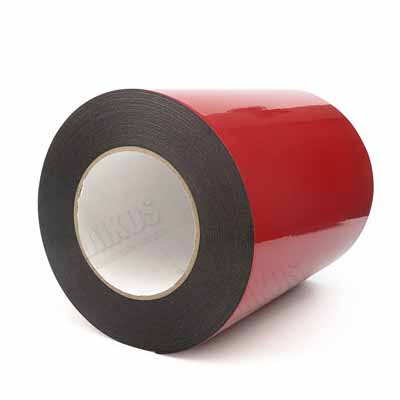A thermal pad is a solid, pre-formed rectangle that is usually located on the underside of a heatsink. This helps to conduct heat away from the component and into the heatsink. These pads also help keep components cooler, reducing the amount of electricity used. They also help reduce the size of heatsinks.
Thermal pads come in different thicknesses. The 0.5mm ones are the thinnest, while the 1.5mm ones are the thickest. The thickness of thermal pads affects their performance since they make better contact with the component they're placed on. They are also easy to apply and are available in different sizes, making them more versatile than their heat-conducting film counterparts.
Thermal paste is an alternative to thermal pads. It is less messy and has a longer lifespan. Unlike thermal pads, thermal paste is less expensive and has better thermal conductivity. Thermal paste is best for repetitive thermal cycling, as it holds up better. However, thermal paste does not adhere as well as thermal pads. It also needs to be applied by hand and should be applied to the entire surface area.
Thermal gap filler pads are made of silicone polymer and a thermal medium. This combination creates a soft conformal thermal pad material. They are often precut to reduce the assembly time. Thermal gap filler pads are also more stable than phase change products and have a higher operating temperature. The thickness of thermal gap filler pads can be cut according to the shape of a component.
Carbon fiber thermal pads are also an option for a thermal pad. Made of highly oriented carbon fiber and silicone resin, these materials are flexible and have excellent thermal conductivity. Besides, they can be made in different shapes and sizes. And they have great compression ratios. The flexibility of carbon fiber thermal pads means they can be custom-made for a variety of applications.
Thermal pads are a great alternative to the thermal paste. They are easier to install and use than thermal paste. Thermal paste can be messy and difficult to apply properly. And thermal pad installation is as easy as peel and stick. They provide an added layer of protection to your computer's heat sink. And unlike thermal paste, they are not as likely to shift position.
Thermal pads are also a great choice for PCBs with many SMD components. They can be used alone or with thermal paste. The main advantage of thermal pads is that they don't require the operator to have a steady hand. They are also easy to remove and apply. They work as a thin layer of insulation between the PCB and the heat source.
Thermal pads are inexpensive and last up to three to five years. However, they should be cleaned regularly to maintain optimal performance. If they become dirty or have a buildup of dirt, the thermal pads will be less effective at transferring heat. They will also lose their shape, which will reduce their effectiveness.




